Do you remember the time when you desperately tried to keep the bait on the hook from bottom-living creatures? You’re not alone. They prefer getting close to the bottom, making it hard to display your bait properly. There’s a simple yet powerful solution: chicken rig fishing.
This simple knotting rig has multiple hooks, each at a different depth designed to increase your chances of a hookup.
Through this detailed guide, the readers will learn all about the secrets of the chicken rig. We’ll discuss everything from its elements and construction to pro tips for getting the most out of it. This rig is very versatile, we’ll take you through the various fish species you can target with it.
What Is a Chicken Rig?
The term “chicken rig” can refer to two different fishing rigs:
Bass Fishing
In bass fishing, a chicken rig is a modification of the Neko rig (nail weighted Senko). It uses a Yamamoto 7.75-inch Kut Tail worm instead of the Senko, and gets its name because “backward wacky weighted Kut Tail” is a mouthful, so anglers use the abbreviation BWWK, which sounds like a chicken clucking.
Bottom Fishing
The most common kind of chicken rig is a bottom fishing rig versatile for either salt or freshwater fishing. It is a fall line with a dropper line connected to at least two hooks. At the base of the rig, weights are added to be kept close to the seabed. At the hook, the bait is secured. This setup will help to hook the bottom dwellers such as Snapper, Grouper, and Flounder.
Chicken Rig Features
- Targets a wide variety of bottom-dwelling fish.
- Easy to set up and use, requiring minimal tackle.
- Increases your chances of catching fish.
- Can be adjusted for different depths and bait types by using different weight sizes and hook spacing.
- Uses basic materials like hooks, weights, and leader lines.
Chicken Rig is designed with the intention of attracting a wide variety of fish that live close to the bottom. It’s extremely simple to install and operate, needing only a small amount of equipment. Using the chicken rig can significantly improve your chances of catching a fish.
The rig’s versatility is what makes it beautiful. By changing the weight sizes and spacing of the hooks, you can customize them for various depths and types of bait, making sure you’re always in sync with the fish.
Made from simple components such as hooks, weights, and a leader line, anyone who enjoys fishing can easily use it.
How To Tie a Chicken Rig?
There are two ways to tie a chicken rig, depending on the number of hooks you want. Here’s a breakdown for a single dropper rig:
Components You Need:
- Fishing line (braided or monofilament)
- Sinker weight
- Swivel (optional)
- Hook(s)
- Leader line (optional)
Step-by-Step Guide:
- Main Line and Weight: Tie your main line to a swivel (optional) and then attach your sinker weight to the bottom of the swivel (or directly to the line if not using a swivel).
- Dropper Loop: Slide down the line from the weight and create a loop using a dropper loop knot (instructions readily available online). You can adjust the distance between the weight and the first hook by the length of the line you leave before creating the loop.
- Attach Hook: Thread your line through the eye of the hook, then wrap the line around the shank of the hook 5-6 times, and finally pass the line back through the eye of the hook to create a loop knot. Tighten the knot.
- Multiple Hooks (Optional): Repeat step 2 to create additional dropper loops at desired intervals further up the line and attach hooks using step 3.
- Swivel and Leader (Optional): At the top of the rig, you can tie another swivel to connect to your main fishing line. If using a swivel, you can also add a leader line for extra abrasion resistance at the connection point.
Tricks For Making Chicken Rig:
- Line Choice: Use a braided line for its strength and sensitivity for bottom fishing.
- Swivel Savvy: Consider adding a swivel at the rig’s top to prevent line twists, especially with multiple hooks.
- Hook Selection: Choose hooks appropriate for your target fish and bait. Circle hooks are recommended for bottom fishing as they promote better hooksets.
- Bait Up: Popular baits for chicken rigs include squid strips, cut bait, or live bait.
- Testing Time: Before heading out, practice tying the rig at home to ensure you’ve got it down.
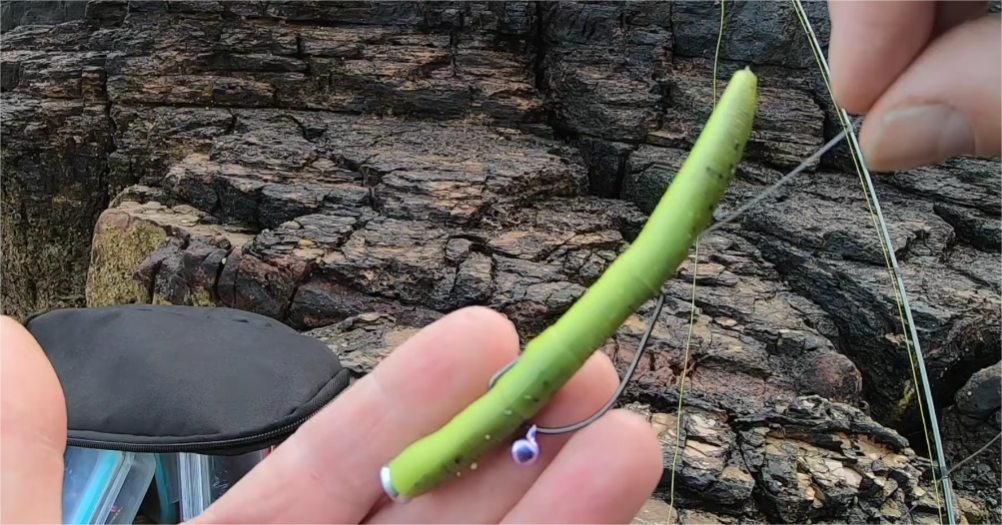
How To Fish With a Chicken Rig?
Here are some tips to maximize your catch using a chicken rig:
Fish Species You Can Hook With a Chicken Rig
Chicken Rig is an excellent option for anglers who are looking to catch bottom-feeding fish. This setup is especially skilled at attracting various species like Snapper, Grouper, Flounder, Sheepshead, and even Catfish, especially when using several hooks.
Therefore, if you’re searching for these tasty fishes that like to live by the ocean floor, the Chicken Rig will definitely be a reliable tool for you.
Useful Tips To Use Chicken Rig
1. Bottom Bounce
Let the rig sink down and then slowly pull it across the seabed, noticing any taps or changes in the line tension that mean a fish got hooked. Try to drag the rig on short stops or leave it for a moment periodically to notice if they are interested.
2. Slow and Steady
Slow retrieves work perfectly for bottom fish without a doubt. Nevertheless, if you are not catching any bites, you should try a very slow lift and drop action which will make the sleepy fish become active. Switch up your pace to manage more boisterous visitors and calm the situation down on a slower day.
3. Rod Work
From time to time bring the head of the rod upwards to cause the bait to wriggle slightly as an injured prey might, therefore. Apart from that, you can also gently rock the rod tip to create various motions that can attract bites. Make sure that you change the retrieve speeds and actions of your rods since sharp changes might be a trigger for fish.
Things To Notice When Using Chicken Rig
Things to consider for anglers when using a Chicken Rig.
- Depth: Alter the weight size proportionally to the water depth you are fishing in. The use of more weight for the deeper water and less weight for the shallow water using the machine is the idea.
- Current: The surge or currents will need the rig to be steeper. Therefore, heavier weights will have to be used to maintain its position on the bottom. Also, you can use a sea anchor to ease your drift and keep the rig in the strike zone for a longer period of time.
- Bait Selection: If your bait always appeals to your fish then you should choose bait. Have your nose do the test – it’s pretty simple, isn’t it? Popular options include: Squid strips, Cut fishing (fishing with just fish belly, and mullet), and Live bait (shrimp, minnows).
- Leader Length: Try various lengths of leaders, ranging from shorter ones to long ones. A short leader does not give the bait much space from the weight, making the lure drag the surface of the floor which is suitable for the fish that hugs the seafloor. A longer leader gives the angler more liberty of movement, which can help catch fish off the bottom or attract them to a quick presentation.
Choose The Right Lure With Chicken Rig
Chicken rigs are primarily used with bait, not lures. However, some anglers might use soft plastic baits like Berkley Powerbait Fluke Worms in a modified chicken rig setup. Here’s what to consider:
- Neko Rig Variation: Thread the worm through the body, leaving the hook point exposed. This creates a subtle swimming action that can attract fish.
- Weight Placement: Insert a nail weight into the thicker end of the worm for proper balance.
- Limited Effectiveness: While possible, this setup is not as common or effective as using bait with a traditional chicken rig. Soft plastics can be less durable than live bait and may not provide the same scent trail that attracts fish.
Conclusion
In short, the chicken rig is a useful tool for beginners to medium-skilled anglers that will help catch a decent amount of variety in fish. The chicken rig with its many hooks and customizable options is a great tool for you to have a more successful fishing trip.
The tips shared in this manual will help you understand how to fasten the rig, select the correct bait and weight, and successfully fish with a chicken rig to increase your catch.


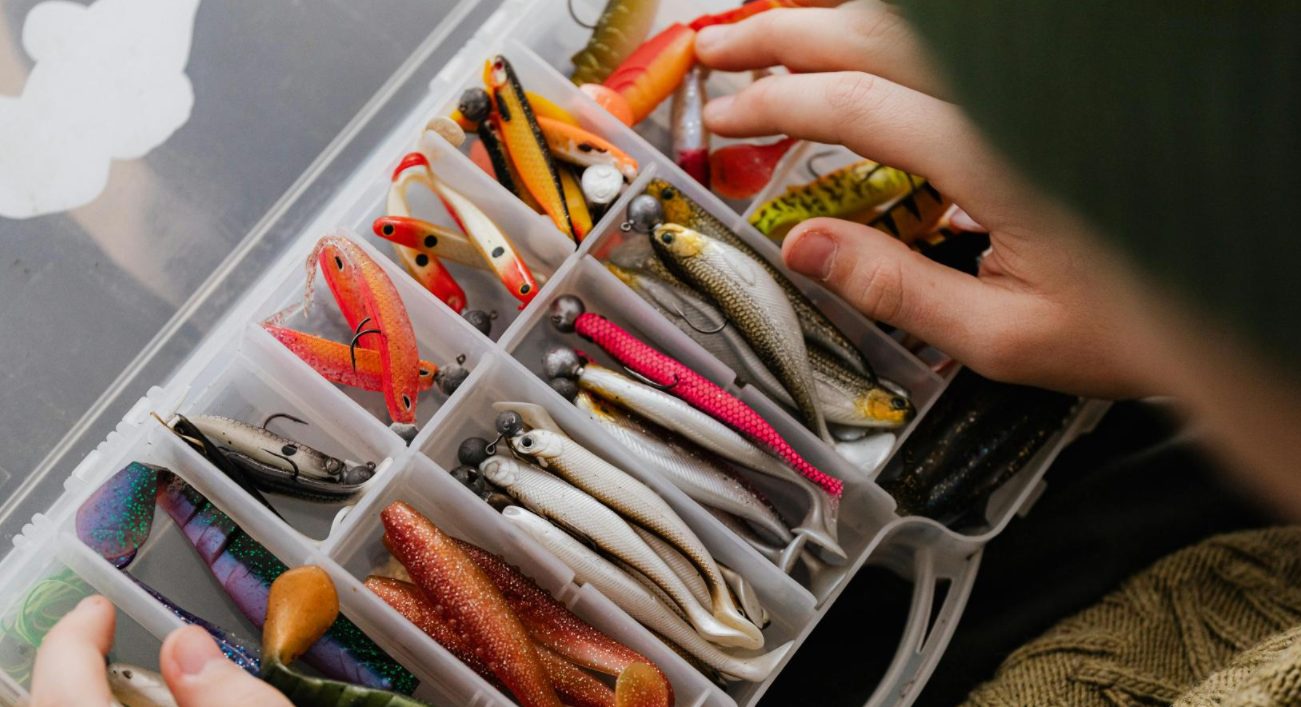









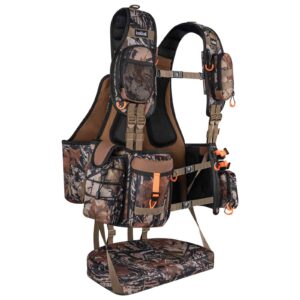


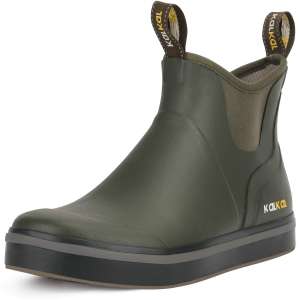
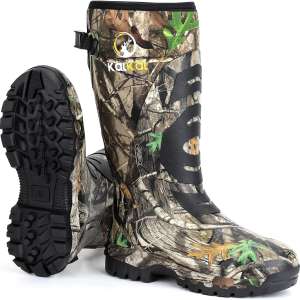


Leave a reply